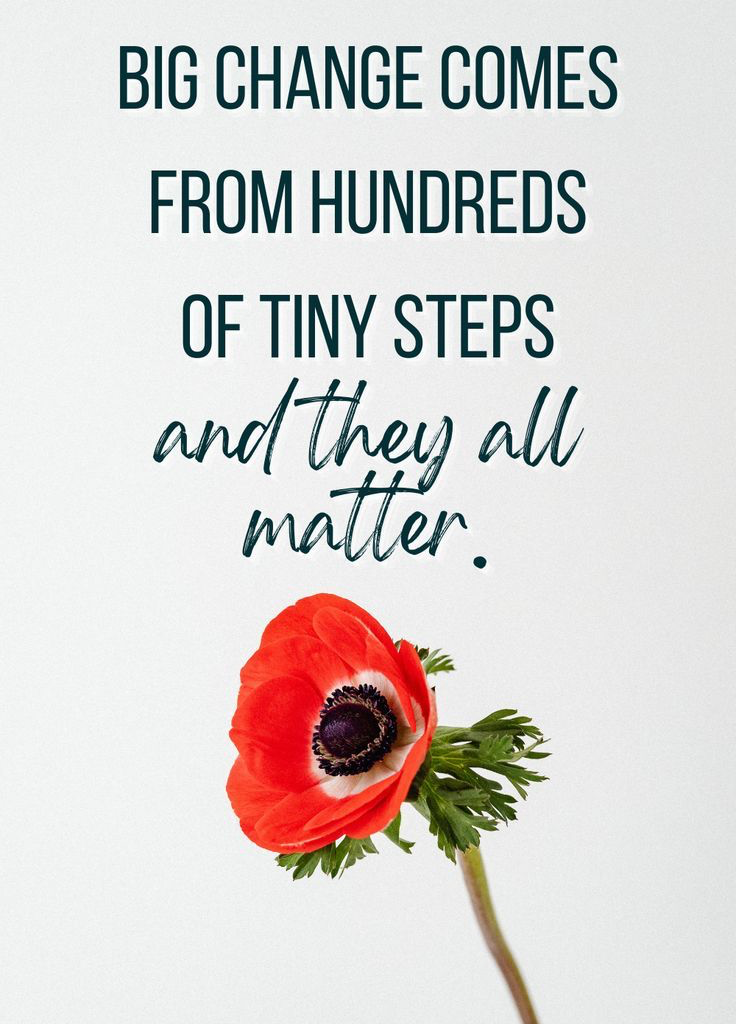Symptoms of Anxiety and Sensory overload can overlap.
Anxiety disorders come in a few forms, but many of their symptoms are the same.
Sensory overload causes its own set of effects, and understanding these differences could help you figure out if you’re experiencing one or both. If anxiety is the main concern, breathing techniques and sensory modulation can be effective. If a person is also experiencing emotional dysregulation core mindfulness and other calming DBT tools may help.
| Anxiety | Sensory overload | |
|---|---|---|
| Worried thoughts | ✓ | |
| Dread or panic | ✓ | |
| Fear of losing control | ✓ | |
| Racing thoughts | ✓ | ✓ |
| Restlessness | ✓ | ✓ |
| Fatigue | ✓ | ✓ |
| Muscle tension | ✓ | ✓ |
| Bloating, nausea, or IBS | ✓ | ✓ |
| Dissociation | ✓ | ✓ |
| Irritability | ✓ | ✓ |
| Brain fog | ✓ | ✓ |
| Need to get away from sensory input | ✓ | |
| Strong reactions to physical sensations | ✓ |
Table source Psyche Central
Everyone can experience sensory overload, but it is more common and more frequent in people with certain conditions, this can include generalised anxiety disorder, PTSD, sensory processing sensitivity, neurodivergent conditions like misophonia, ASD and ADHD, also ME/CFS and fibromylagia.
Sensory overload can cause meltdowns or shutdowns in people with Autism. 1 This may occur more frequently if the person is experiencing autistic burnout and fatigue.
What is an autistic meltdown?

- https://www.leicspart.nhs.uk/autism-space/health-and-lifestyle/meltdowns-and-shutdowns/#:~:text=What%20are%20autistic%20meltdowns%20and,often%20labelled%20meltdowns%20or%20shutdowns. ↩︎
